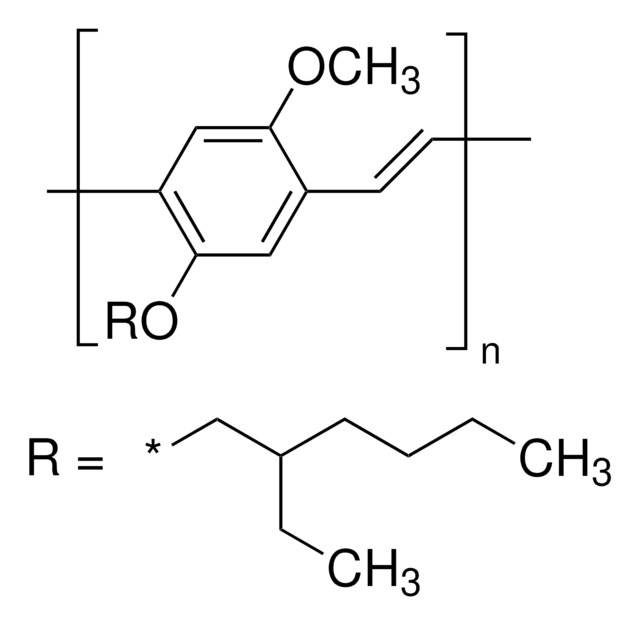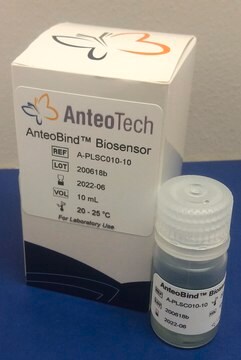Wichtige Dokumente
641731
Titansiliziumoxid
nanopowder, <50 nm particle size (BET), 99.8% trace metals basis
Synonym(e):
Silizium-Titan-Oxid, Siliziumtitanat, Titansilicat
About This Item
Empfohlene Produkte
Qualitätsniveau
Assay
99.8% trace metals basis
Form
nanopowder
Eignung der Reaktion
reagent type: catalyst
core: titanium
Partikelgröße
<50 nm (BET)
Dichte
3.39 g/mL at 25 °C (lit.)
SMILES String
[Ti+4].[O-][Si]([O-])([O-])[O-]
InChI
1S/O4Si.Ti/c1-5(2,3)4;/q-4;+4
InChIKey
CFRNXBBHKHHBQM-UHFFFAOYSA-N
Sonstige Hinweise
Rechtliche Hinweise
Lagerklassenschlüssel
13 - Non Combustible Solids
WGK
nwg
Flammpunkt (°F)
Not applicable
Flammpunkt (°C)
Not applicable
Persönliche Schutzausrüstung
dust mask type N95 (US), Eyeshields, Gloves
Hier finden Sie alle aktuellen Versionen:
Besitzen Sie dieses Produkt bereits?
In der Dokumentenbibliothek finden Sie die Dokumentation zu den Produkten, die Sie kürzlich erworben haben.
Kunden haben sich ebenfalls angesehen
Artikel
Among various ceramics, one-dimensional (1-D) piezoelectric ceramics have attracted significant scientific attention for use in energy harvesting.
Electronically, it behaves as a wide band gap (3.2 eV) semiconductor and exhibits memristor properties.2 Optically, TiO2 has high opacity with a very high refractive index3 (>2.4), and it exhibits strong absorbance in the UV range.
The production of hydrogen by catalytic water splitting is important for a wide range of industries including renewable energy petroleum refining and for the production of methanol and ammonia in the chemical industry.
The past several decades have seen major advancements in the synthesis of metal nanomaterials. Most recently, controlled synthesis has become versatile enough to regulate the exact number of atoms and ligands of very small metal nanoparticles, referred to as “clusters”.
Unser Team von Wissenschaftlern verfügt über Erfahrung in allen Forschungsbereichen einschließlich Life Science, Materialwissenschaften, chemischer Synthese, Chromatographie, Analytik und vielen mehr..
Setzen Sie sich mit dem technischen Dienst in Verbindung.![Poly[(p-phenylenvinylen)-alt-(2-methoxy-5-(2-ethylhexyloxy)-p-phenylenvinylen)]](/deepweb/assets/sigmaaldrich/product/structures/147/963/61b421da-530b-4acf-8851-ecb9492e90ba/640/61b421da-530b-4acf-8851-ecb9492e90ba.png)






